Home>Articles>How To Feed String Through Turnip Shaped Plumb Bob
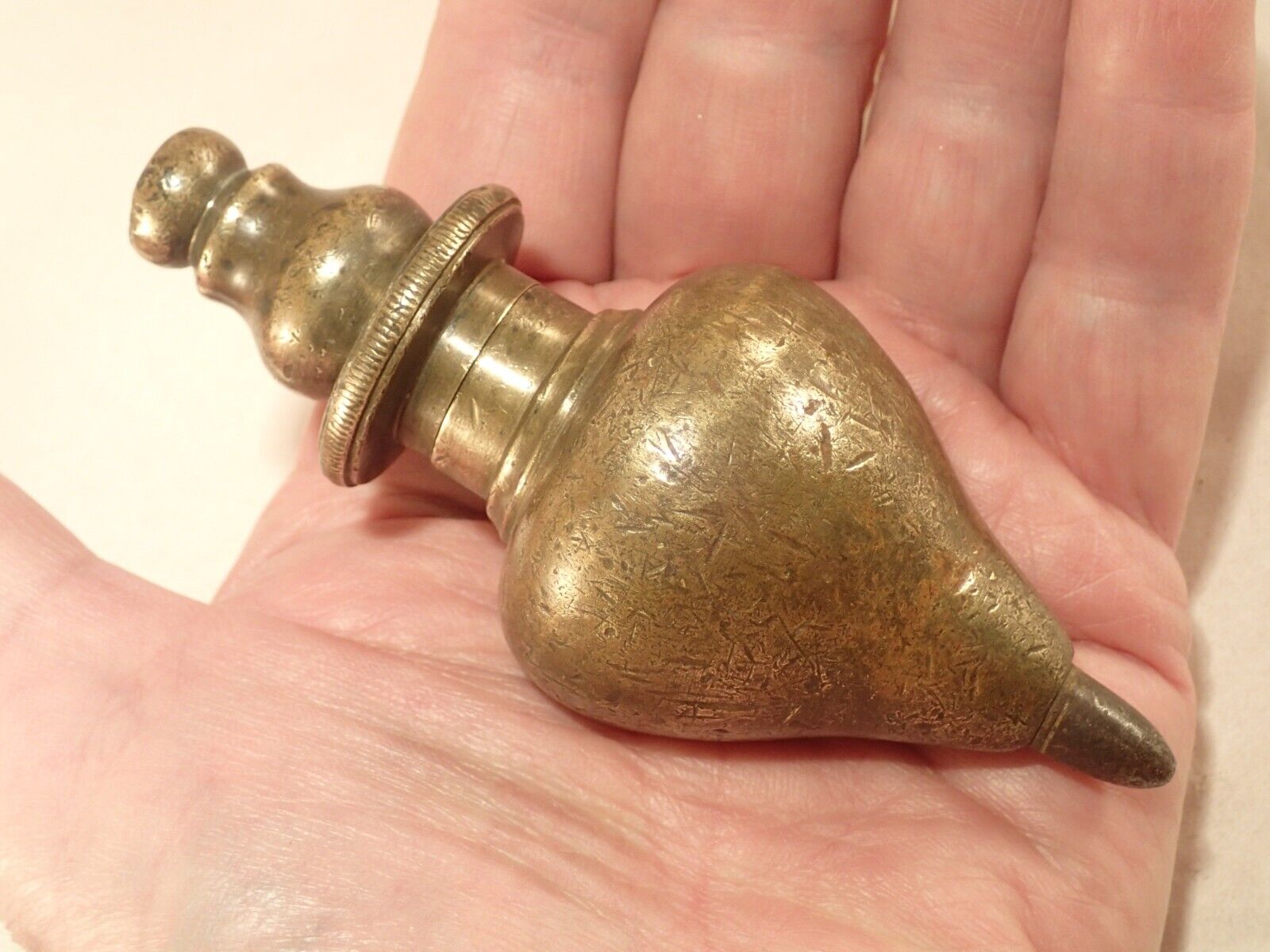

Articles
How To Feed String Through Turnip Shaped Plumb Bob
Modified: October 21, 2024
Discover helpful articles on how to feed string through a turnip-shaped plumb bob. Gain insights and tips from experts in this comprehensive guide.
(Many of the links in this article redirect to a specific reviewed product. Your purchase of these products through affiliate links helps to generate commission for Storables.com, at no extra cost. Learn more)
Introduction
Feeding a string through a turnip-shaped plumb bob is an essential skill for anyone involved in construction or DIY projects. The plumb bob is a simple yet effective tool used to ensure vertical alignment, which is crucial in various applications such as framing walls, installing cabinets, or even hanging artwork. By using a string along with the plumb bob, you can create a clear vertical reference line for accurate measurements and precise alignment.
In this article, we will walk you through the step-by-step process of feeding a string through a turnip-shaped plumb bob. We will also discuss the materials you will need, provide tips for choosing the right plumb bob, and guide you on how to use the string and plumb bob for measurements. So, let’s dive in and learn this valuable technique that will elevate your construction projects to the next level.
Key Takeaways:
- Elevate your construction projects with precise vertical alignment using a turnip-shaped plumb bob and string. Follow the steps to prepare, choose, insert, and secure the string for accurate measurements.
- By mastering the art of feeding a string through a turnip-shaped plumb bob, you can establish reliable vertical reference lines and ensure accurate measurements in your construction and DIY projects.
Read also: 15 Amazing String Plumb Bob for 2025
Materials Needed
Before you start feeding a string through a turnip-shaped plumb bob, gather the following materials:
- A turnip-shaped plumb bob: Look for a plumb bob with a cylindrical shape and a pointed bottom for precise measurements. The turnip shape provides stability and ensures accurate vertical alignment.
- A strong and durable string: Choose a string that is resistant to stretching and can withstand the weight of the plumb bob. Nylon or braided polyester strings are commonly used for their strength and durability.
- Scissors: You’ll need scissors to cut the string to the desired length. Make sure they are sharp enough to provide clean cuts.
- Tape measure: A tape measure will come in handy for measuring the length of the string and for taking precise measurements in your construction or DIY project.
- Optional: A weight or bobber: If your plumb bob doesn’t have a built-in weight, you can use a small weight or bobber attached to the end of the string to provide additional stability and improve accuracy.
Once you have gathered these materials, you’re ready to proceed with the steps to feed the string through the turnip-shaped plumb bob.
Step 1: Preparing the String
The first step in feeding a string through a turnip-shaped plumb bob is to prepare the string. Follow these guidelines:
- Measure the length: Use a tape measure to measure the desired length of the string. Consider the height of the project you are working on and add a few extra inches for convenience.
- Cut the string: Once you have determined the length, use a pair of scissors to cut the string accordingly.
- Seal the ends: To prevent the string from fraying, it’s essential to seal the ends. You can achieve this by using a lighter or a flame to melt the cut ends slightly. Be cautious and make sure to do this in a well-ventilated area.
- Attach a weight or bobber (optional): If your plumb bob doesn’t have a built-in weight, you can attach a small weight or bobber to the end of the string. This will ensure the string hangs straight and helps maintain stability.
By following these steps, you will have a prepared and ready-to-use string for feeding through the turnip-shaped plumb bob. Now, let’s move on to choosing the right plumb bob for your project.
Step 2: Choosing the Right Turnip Shaped Plumb Bob
Choosing the right turnip-shaped plumb bob is essential to ensure accurate measurements and reliable vertical alignment. Here are some factors to consider when selecting a plumb bob:
- Weight: The weight of the plumb bob will determine its stability and the accuracy of the vertical alignment. Select a plumb bob with a weight that suits your specific project requirements. Heavier plumb bobs provide better stability, especially in windy conditions.
- Material: Plumb bobs are typically made of brass or steel. Brass plumb bobs are more expensive but offer better corrosion resistance. Steel plumb bobs are more affordable and robust.
- Shape: Look for a turnip-shaped plumb bob with a cylindrical body and a pointed bottom. This shape ensures the plumb bob hangs straight and aligns accurately with the string.
- Size: Consider the size of the plumb bob relative to the scale of your project. Smaller plumb bobs are suitable for lighter tasks, while larger ones are more stable for heavier construction work.
- Quality: Opt for a plumb bob from a reputable manufacturer known for producing high-quality tools. This ensures durability and accuracy in your measurements.
Take your time to select a plumb bob that meets your specific needs, keeping in mind the weight, material, shape, size, and quality. Once you have chosen the ideal plumb bob, it’s time to proceed to the next step of feeding the string through it.
When feeding string through a turnip-shaped plumb bob, use a small wire or thin rod to help guide the string through the narrow opening. This will make the process much easier and prevent the string from getting stuck.
Step 3: Inserting the String into the Plumb Bob
Now that you have a prepared string and a suitable turnip-shaped plumb bob, it’s time to feed the string through the plumb bob. Follow these steps:
- Locate the opening: Look for the small hole or opening at the top of the plumb bob.
- Feed the string: Take one end of the string and insert it through the opening of the plumb bob. Push it gently until it comes out from the bottom of the plumb bob.
- Ensure a secure fit: Once the string is through the plumb bob, pull it slightly to make sure it is securely attached. Check that the plumb bob hangs straight and aligns properly with the string.
It’s important to ensure that the string is securely attached to the plumb bob to prevent any accidental detachment during use. This will allow for precise measurements and reliable vertical alignment. With the string in place, we can move on to securing it for ease of use.
Read also: 13 Best String For Plumb Bob for 2025
Step 4: Securing the String in Place
Once the string is fed through the turnip-shaped plumb bob, it’s important to secure it in place to ensure convenience and ease of use. Follow these steps to secure the string:
- Tie a knot: Take the end of the string that is hanging below the plumb bob and tie a secure knot. A simple overhand knot will suffice in most cases. Make sure the knot is tight to prevent any slippage.
- Trim the excess: After tying the knot, use a pair of scissors to trim any excess string, leaving a small tail to prevent the knot from unraveling.
- Optional: Use tape or adhesive: If you want added security, you can use tape or adhesive to secure the knot and prevent it from coming undone. You can wrap a small piece of tape around the knot or apply a dab of adhesive to keep it in place.
By securing the string in place, you can use the plumb bob with ease and confidence. The string will be held firmly in position, allowing for accurate measurements and vertical alignment. With the string secured, we can now move on to utilizing the string and plumb bob for precise measurements in your construction or DIY project.
Step 5: Using the String and Plumb Bob for Measurements
Now that the string is securely attached to the turnip-shaped plumb bob, you can use this combination for accurate measurements in your construction or DIY project. Here’s how to use the string and plumb bob:
- Select a reference point: Determine the reference point where you want to establish a vertical line or measurement. This could be a wall, a corner, or any other designated point.
- Hold the plumb bob near the reference point: Place the plumb bob close to the reference point, ensuring the string hangs freely without any obstructions.
- Observe the alignment: Look at the plumb bob and string, and observe how they align. The string will hang straight due to the gravity pull, indicating a vertical line.
- Make your measurements: Once the plumb bob and string are aligned, you can use the string as a vertical reference line to measure and mark other points or dimensions accurately. Use a tape measure or ruler to measure the desired distances.
- Repeat the process: If you need to establish multiple vertical lines or measurements, simply move the plumb bob and repeat the process at each desired location.
By using the string and plumb bob, you can ensure precise measurements and vertical alignment in your construction or DIY projects. This method provides a reliable and straightforward way to establish reference points and maintain accurate dimensions.
Remember to double-check your measurements and make adjustments as necessary. Always take precautions to ensure safety, and handle the plumb bob and string with care. With practice, you will become more proficient in using this technique effectively.
Conclusion
Feeding a string through a turnip-shaped plumb bob is a fundamental skill for anyone involved in construction or DIY projects. By following the steps outlined in this article, you can effectively prepare the string, choose the right plumb bob, insert the string, secure it in place, and utilize it for accurate measurements.
Using the string and plumb bob combination provides a reliable vertical reference line, allowing you to establish precise measurements and maintain proper alignment in your projects. Whether you’re framing walls, installing cabinets, or hanging artwork, this technique will elevate the accuracy and professionalism of your work.
Remember to select a plumb bob that suits your project’s needs in terms of weight, material, shape, size, and quality. Prepare the string by measuring and cutting it to the desired length, sealing the ends, and optionally attaching a weight or bobber for stability.
Once the string is fed through the plumb bob and securely attached, you can confidently use it to establish vertical reference lines and make accurate measurements. Hold the plumb bob near a reference point, observe the alignment of the string, and use it as a guide to measure and mark other points or dimensions.
With practice, you will become more proficient in using the string and plumb bob method. Take your time, be mindful of safety precautions, and enjoy the precision and reliability that this technique brings to your construction and DIY projects.
So, go ahead and put your newfound knowledge into practice. Feed that string through the turnip-shaped plumb bob and take your project to new heights of accuracy and professionalism.
Frequently Asked Questions about How To Feed String Through Turnip Shaped Plumb Bob
Was this page helpful?
At Storables.com, we guarantee accurate and reliable information. Our content, validated by Expert Board Contributors, is crafted following stringent Editorial Policies. We're committed to providing you with well-researched, expert-backed insights for all your informational needs.
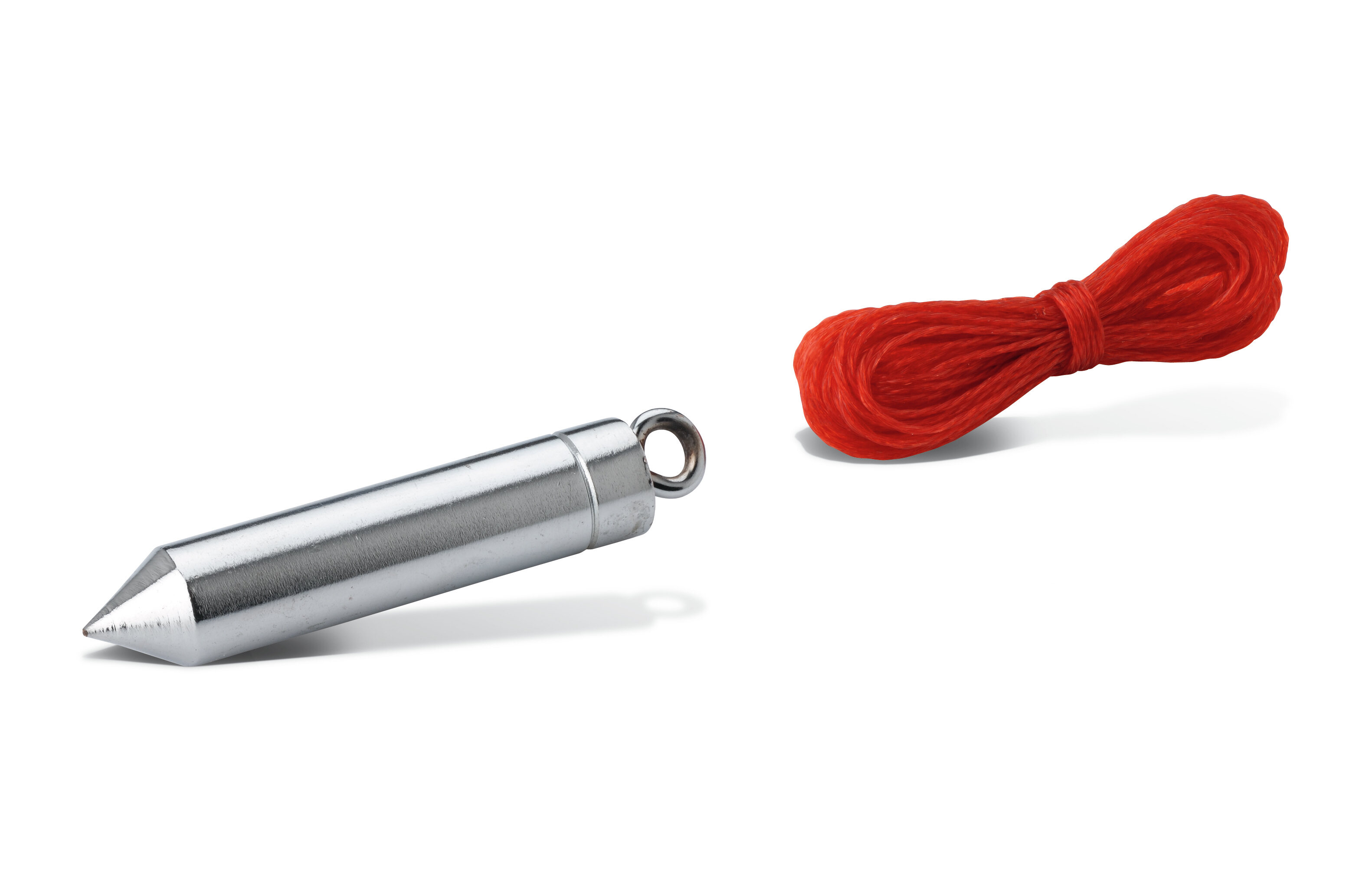
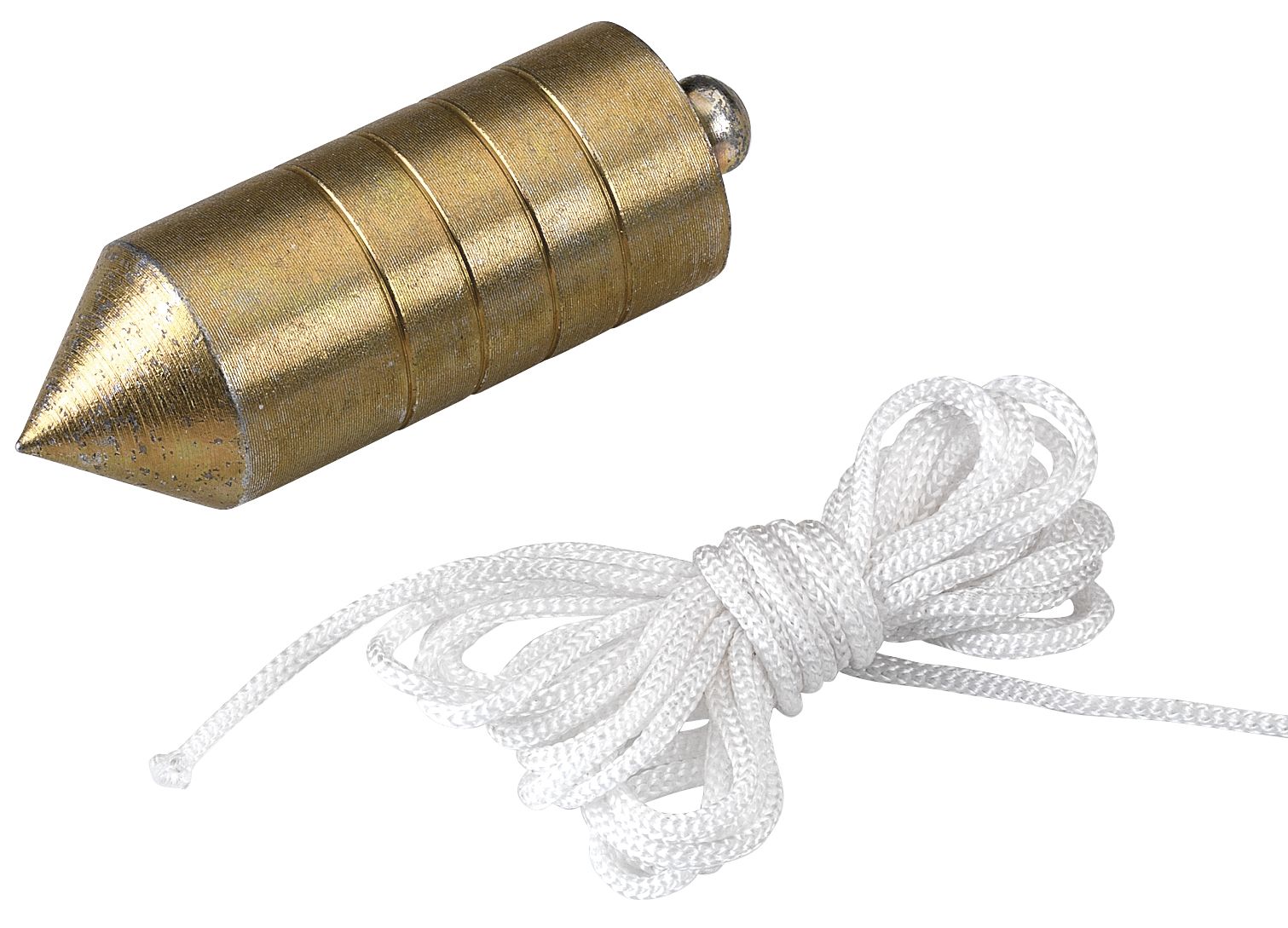
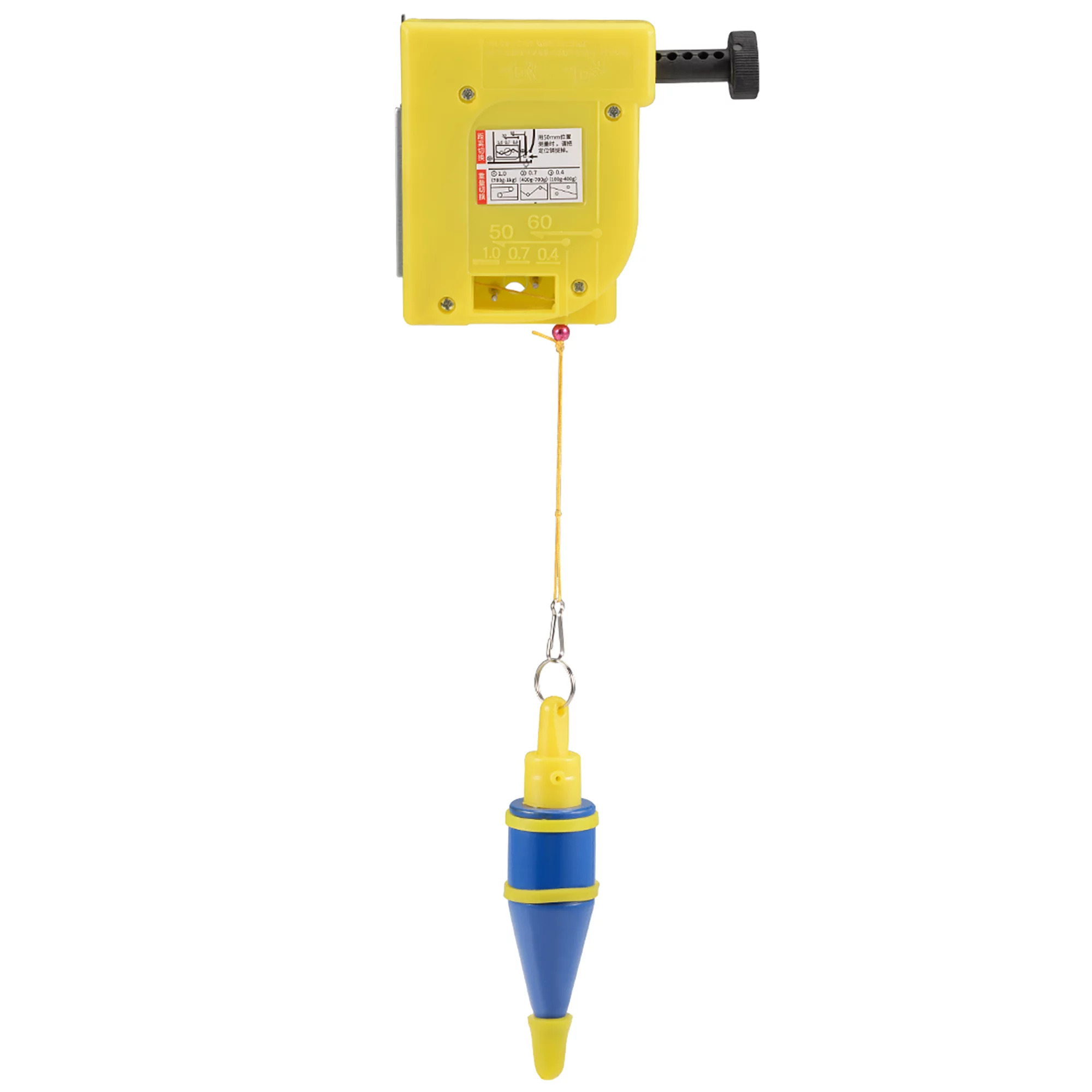

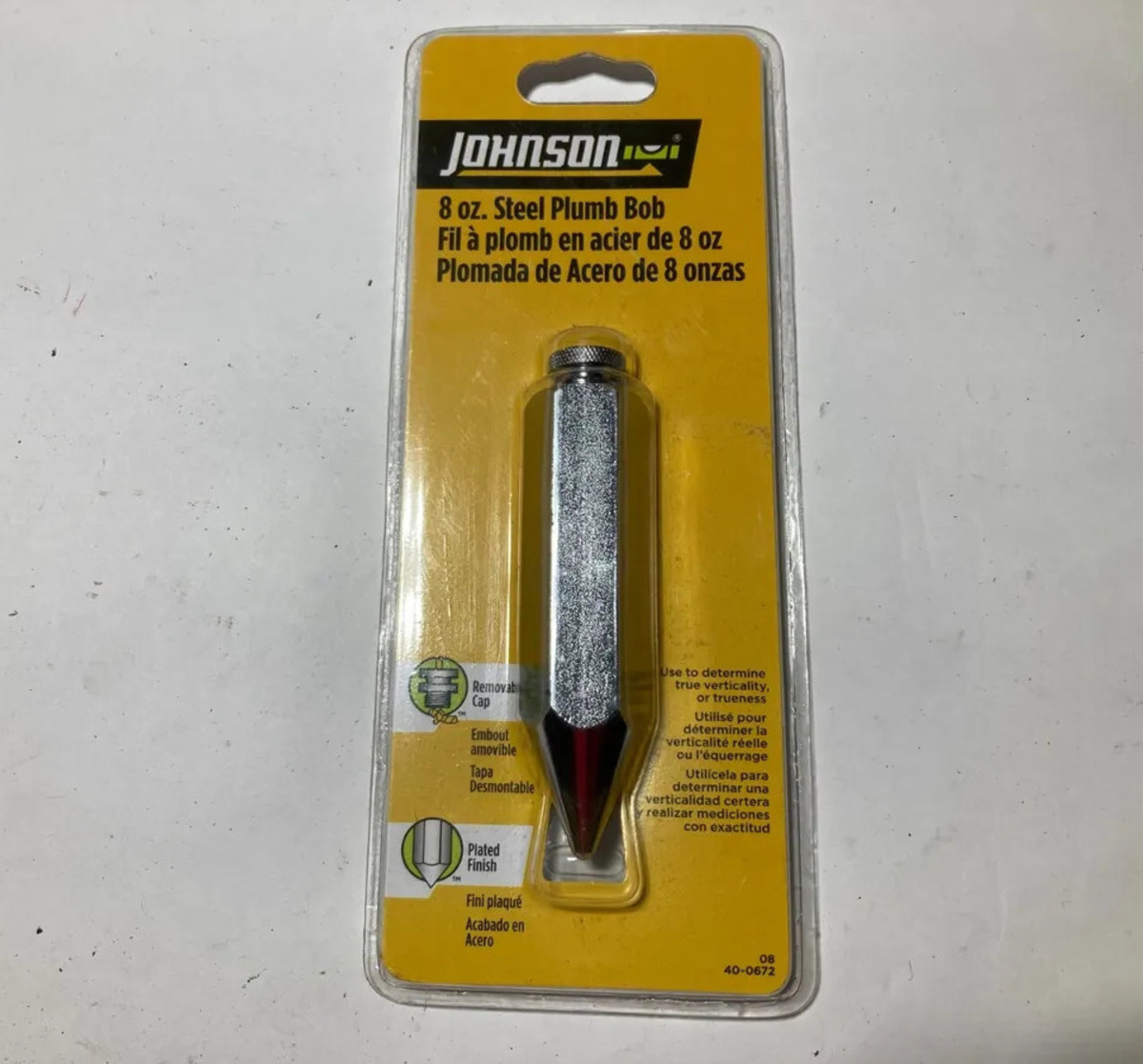
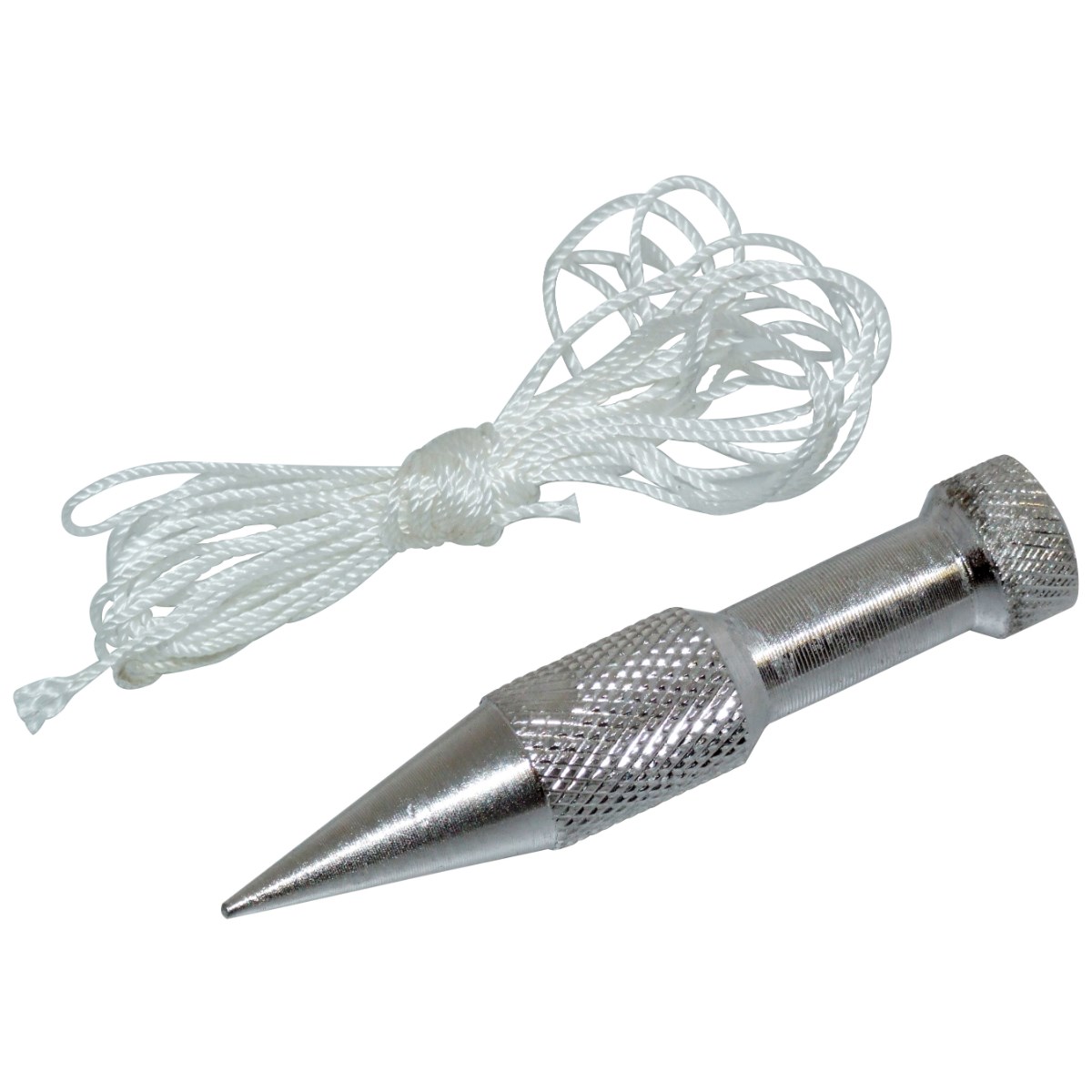
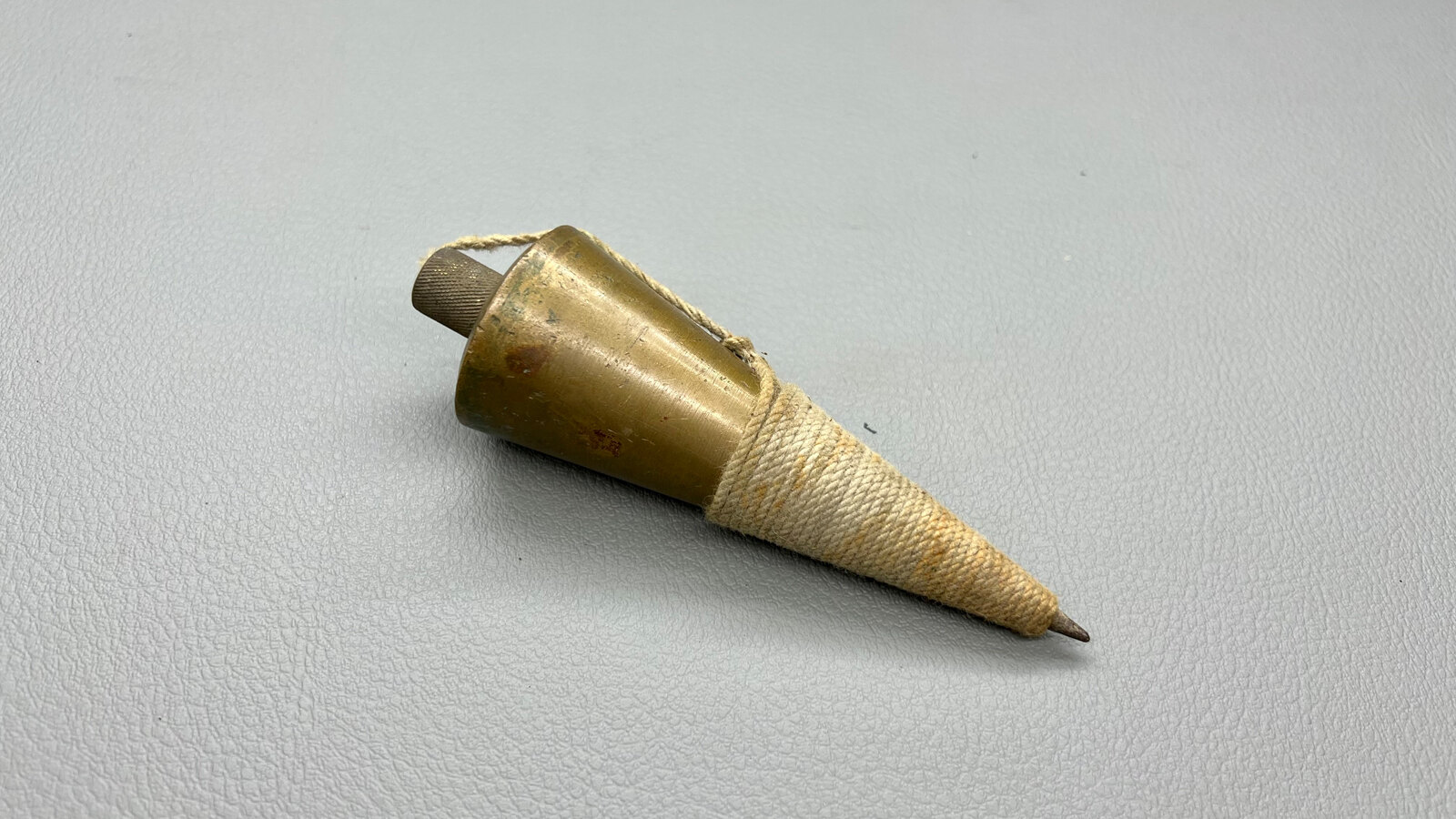

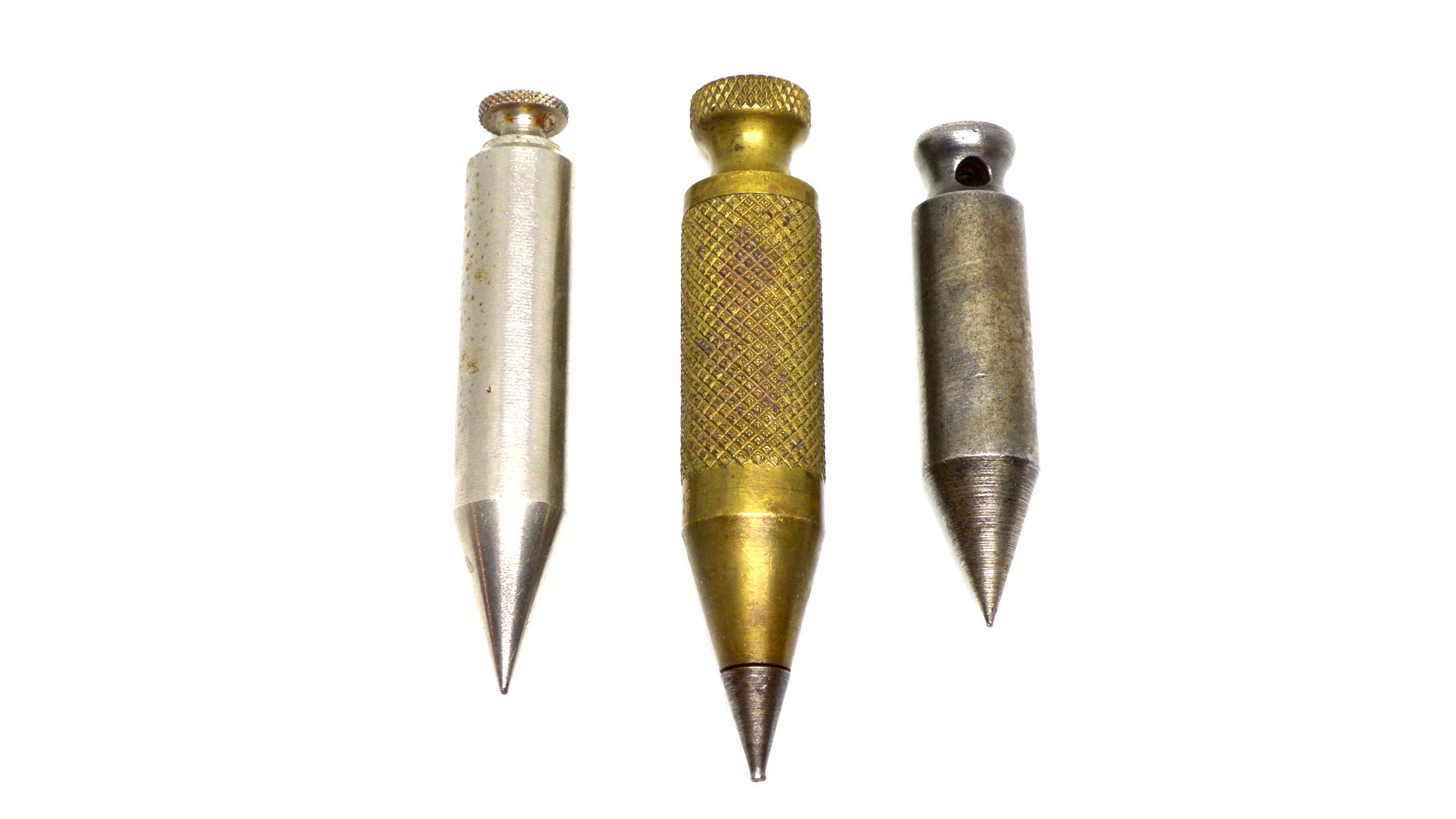
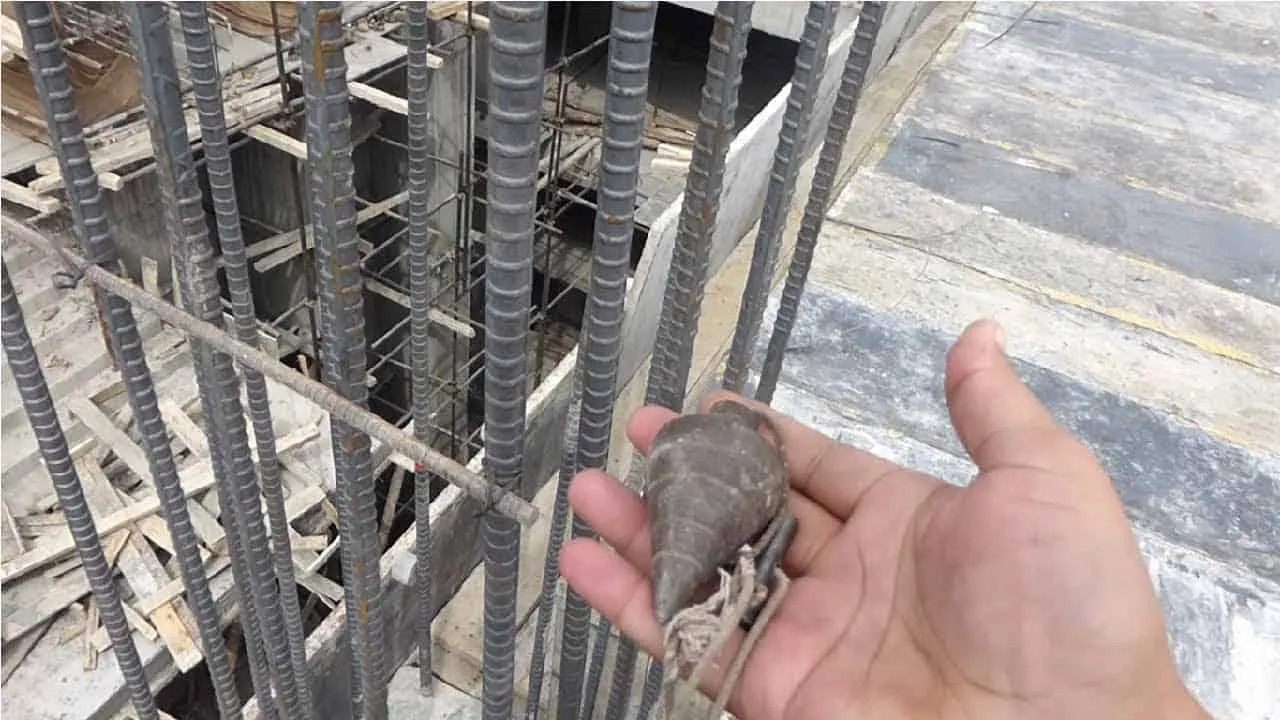
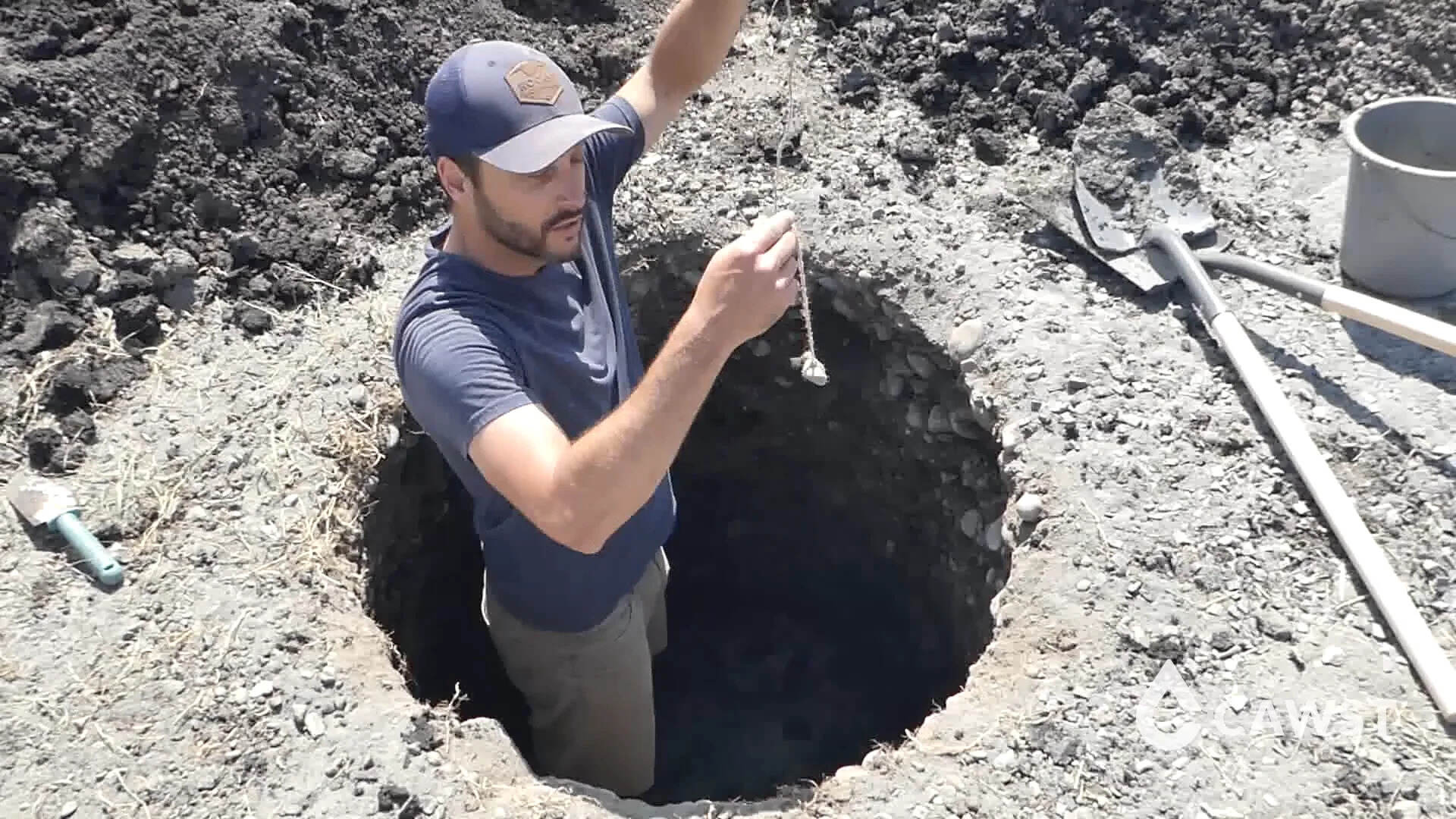

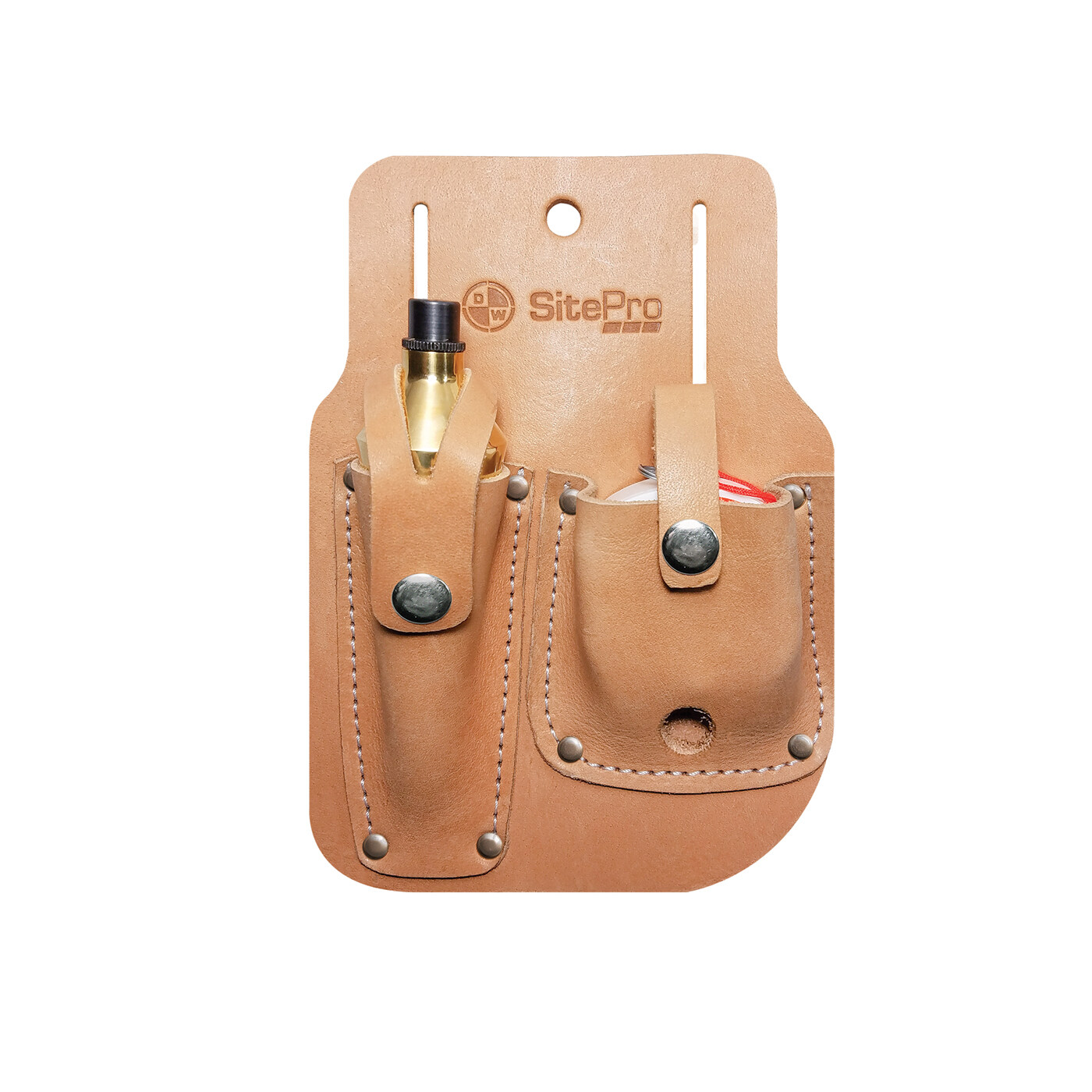
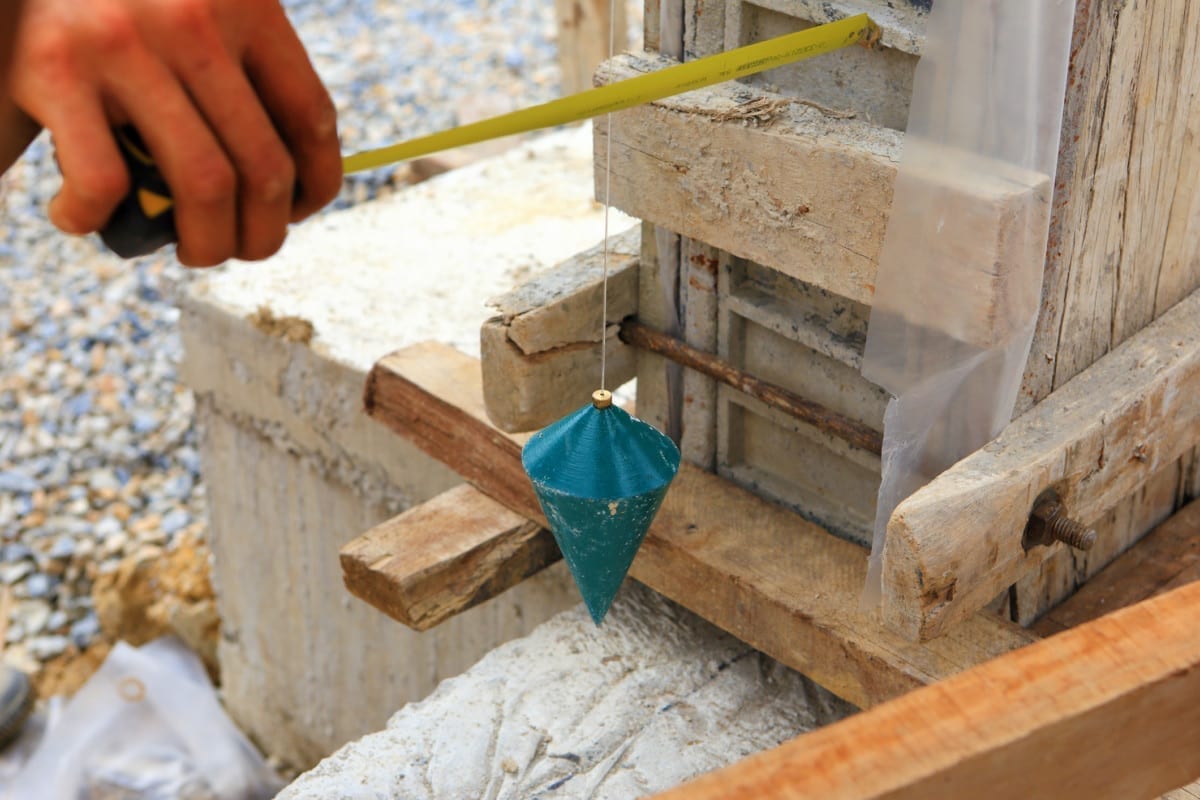

0 thoughts on “How To Feed String Through Turnip Shaped Plumb Bob”